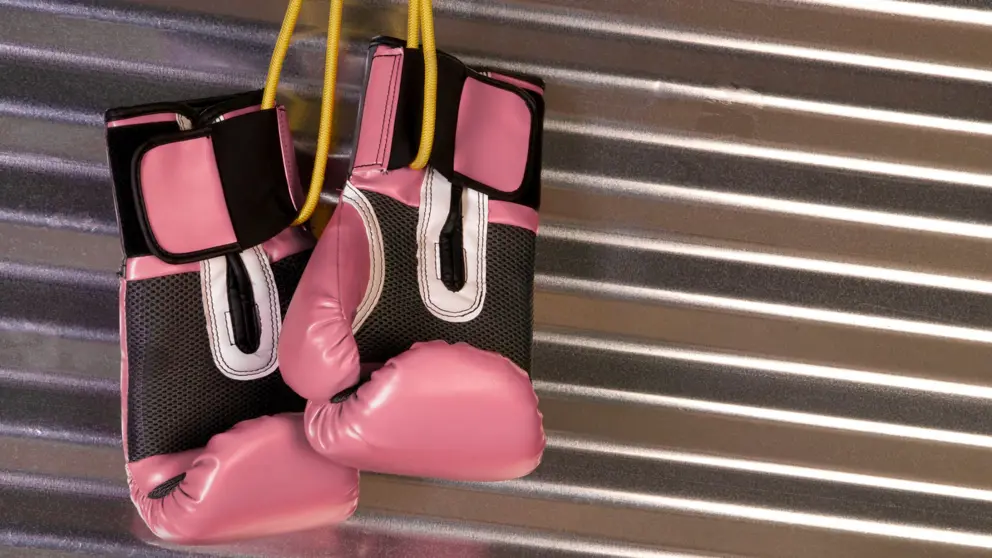It seemed like any other day when Lalita Patel first woke up. But when she opened her mouth, it was a struggle to speak. The Toronto event planner had a busy day that involved a tasting with a client, so she went to work. When she grabbed a hot plate, she realized she had no sensation in her left hand.
By the time she saw a doctor in emergency, she had lost all feeling in her left side and was unable to speak. An MRI revealed Lalita had experienced a stroke caused by a blood clot in her brain.
The stroke came as a surprise, although her family had a history of heart disease.
What Lalita did not know was that stroke disproportionately affects women; a woman in Canada has a stroke every 17 minutes. In her own case, living with diabetes, being a lifelong smoker and working in a stressful environment increased her risk.
Stroke is a medical emergency. That’s why it’s important for everyone to recognize the signs of stroke and know to call 9-1-1 or the local emergency number right away.
Rehabilitation and beyond
After a week in hospital, Lalita started rehabilitation. Coincidentally, it was at the same rehabilitation hospital she had worked with for a decade as an event planner. In a new role as a patient, she met her occupational therapist, Jackie.
“She could tell I’m not the normal rehab patient, so she had to keep it interesting for me,” Lalita recalls with a laugh. Jackie started bringing pink boxing gloves to their sessions so Lalita could begin boxing as part of her rehabilitation.
.jpg?rev=e5f531c4d53746fba0d2af59ca6d34d4&la=en&bc=f7f7f7&as=1&h=140&w=140&hash=9E7B2E0E5B3CFE832DD675B1C4DAEF64)
I’m the most positive person… but there are times where I’m punching the wall.
Four months later, rehab had helped Lalita to walk and regain some of her energy, but she was struggling to find the words to describe her new normal — having no sensation in her left side. “I have tried to explain what my left side feels like. The closest I could come was that 24 hours a day, it feels like I am bumping my funny bone but it is all over my left side.”
As Lalita explains, she has “the greatest circle of friends and family you could ask for.” But she needed to talk to people who could really relate to her experiences.
Then she joined the Heart & Stroke Community of Survivors, a members-only Facebook group created for people living with the effects of stroke or heart disease. She felt at home instantly.
Emotional support
The group has helped Lalita face the emotional aftermath of her stroke. “I’m the most positive person you’ll probably ever meet, but there are times where I’m punching the wall.” She has learned through the community that it’s okay to be angry sometimes.
“I found when I wasn’t honest about how I was really feeling, I would start to physically feel it and I would feel worse.”
In the safety of the closed group, Lalita was able to ask other members about their experiences with some of the indescribable and sometimes frustrating things.
Seven months after her stroke, Lalita continues to work on her rehab exercises at home. She has progressed to walking 20 minutes a day on her treadmill.
She is back to work full time, in a new job with a party rentals company. She remains an active member in the Community of Survivors, encouraging others not to give up.
“Anything is possible!” she says with a smile.
- Learn more about stroke recovery.
- Know the signs of stroke.
